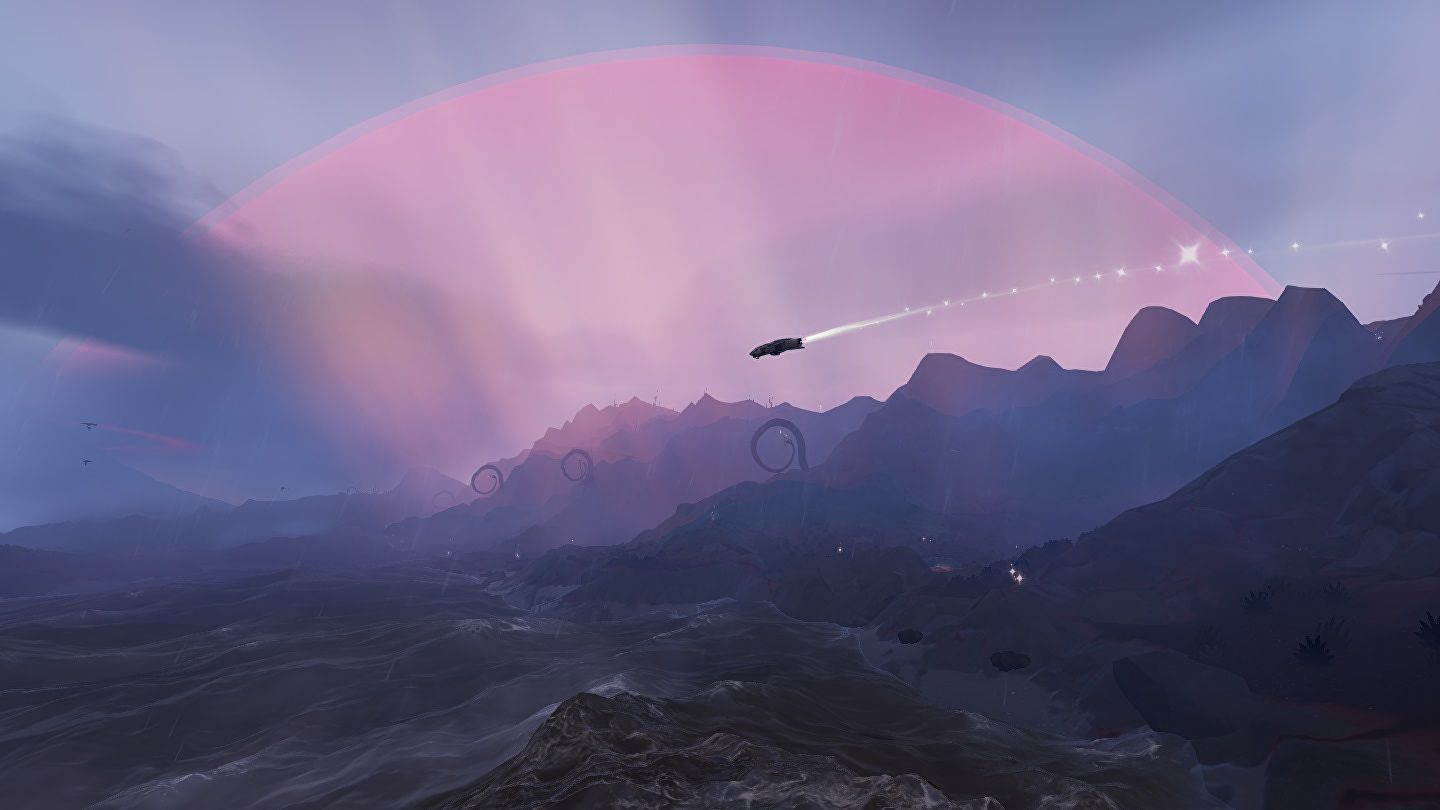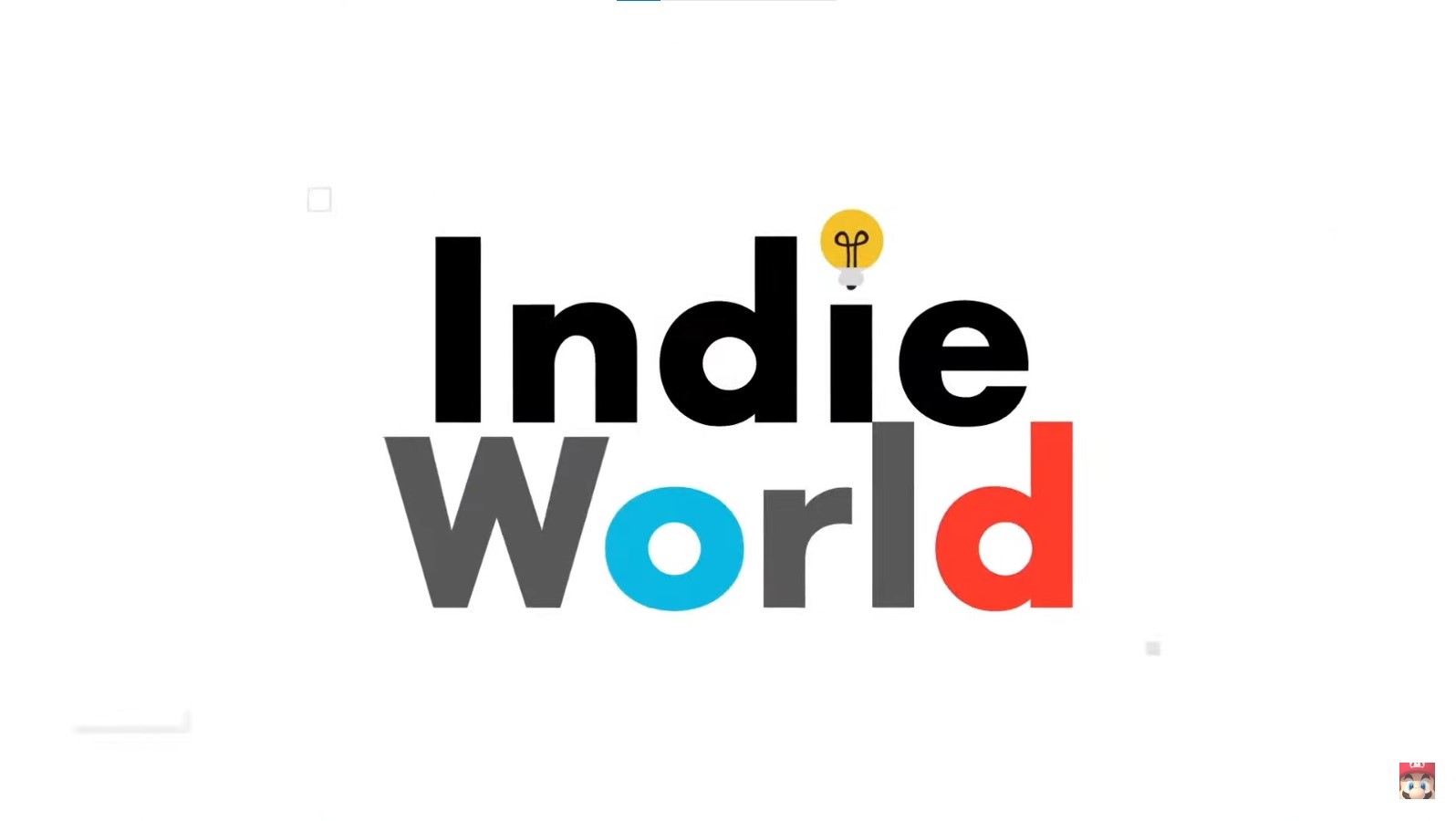Share
When was the last time you listened to music? You’re probably listening to Spotify on your cell phone right now. You might even be listening to the soundtrack of your favorite video game. But when was the last time you listened to music made of the bleeps and bloops from vintage games – and created using that software? Or what about listening to that music on a console like the Nintendo Gameboy?
Ever since these consoles were available, people have been using them to create and listen to a new type of music.
ChiPTUNE STYLE
This style of music is known as “chiptune,” or chip music named that way because it’s created using sound chips. It has been around since the late ‘70s. Over the years, its mainstream popularity has waxed and waned; and many popular artists have used chiptune samples in their work during the late 2000s, including The Killers, Kesha, and Snoop Dog.
Within the chiptune scene, there are also artists who work solely or mostly in this style making entire songs and albums outs of the bleeps, bloops, and blips. They are constantly expanding and pushing the limits of the medium.
With so many different consoles out there to use, the possibilities are only limited to the creators’ creativity.
REMUTE, ELECTRONIC ARTIST
Chiptune is not so much a genre of music as it is a style. The consoles are practically an instrument onto themselves. The proof of that is apparent in “Electronic Lifestyle,” the 11th and newest album by a Hamburg-based artist known as Remute.
It was released March 3 on streaming, digital, and the PC Engine console’s HuCard. That means the only physical copies of this album can only be played on the elusive PC Engine console. Released as TurboGrafx-16 in the United States, the console never reached the same worldwide popularity or name-recognition as other consoles like the Gameboy.

The album has 15 songs of “bleepy, retrofuturistic electro melodies” and “crunchy hypnotic excursions heavily inspired by early 90s Detroit techno” according to Remute’s Bandcamp site. The songs have names like “Now Let Me Work,” “Semiconductor,” “Check This” and the album’s titular track “Electronic Lifestyle.”
“ELECTRONIC LIFESTYLE”
While some consoles may have dozens or even hundreds of albums available, “Electronic Lifestyle” is only the first album released for the console. It’s also the first commercial release of the console’s game cartridge, the HuCard, in literal decades.
Due to the differences in HuCard pins, Remute was only able to make a limited number of cartridges to use on the American TurboGrafx-16. Those were available for pre-order and sold out back in January of this year.
The HuCards for the PC Engine console, are still available and sell for 34.99 Euros or around $42 each, not including shipping. Only a small quantity was made, and as of March 18, only 9 copies of the HuChip album are left.

For “Electronic Lifestyle”, Remute worked with PCB engineer Mr Tenticle to custom make the HuCards for the album. Pixel artist Alien and programmer MooZ were able to help translate the music which was programmed on Deflemask, a chiptune music tracker so that the music could run on the PC Engine.
While it may seem like the cost and process of making these albums is more trouble than it is worth, at the end of the day it’s not about the money. It is all about the art for Remute.
“The businessman in me probably says, ‘Remute, are you crazy?’ The artist in me says I have to do it for the PC Engine! Fortunately, the artist in me was always stronger than the businessman,” he told the publication Eurogamer earlier this month.
Remute’s other console playable albums include “Technoptimism” and “Cult of Remute.” They were released last year on the Sega Genesis and SNES respectively. Remute says “Cult of Remute,” is the first album made entirely for the Super Nintendo console and the first album to be released on an SNES cartridge.
Otherwise, Remute has several other albums and has also made music for several video games including the iOS game, “Somewhere: The Vault Papers.” And yes, his other albums have been released on CDs and are available to stream.
OTHER RELEASES
It is possible to release music on just about any game console or cartridge. While they’re still a very niche market, chiptune has begun to see somewhat of a surge in popularity,
In 2015, the first commercially available chiptune album was made for the Nintendo Famicom. The album 8-BIT MUSIC POWER was developed by the Japanese-based company Columbus Circle.
It consists of 12 songs made by a variety of video game musicians including Yuriko Keino (Xevious, Dig Dug) and Takeaki Kunimoto (Star Soldier). Several thousand copies of the album were made. It also featured many visuals for the tracks, so you would not be just listening but it would give you a multi-sensory experience.

In 2019, that the company Analogue teamed up with Hyperdub, an electronic music label, to make an album for the Sega Genesis. Only 1,000 copies of the 11-track collaborative album were made. So good luck getting your hands on a copy.
Obviously, the biggest issues with these kinds of releases are the limited number of physical albums that can be made – and the cost. Only people willing to spend upwards of $30 on an album – and who own whatever console is needed to play it can really listen to the music in the way it was designed to be listened to.
But that should not stop people from seeking out chiptune artists or trying to make their own music. After all, there is also a thriving live chiptune performance scene. Europe’s live scene, in particular, is thriving. And many songs still get released on streaming platforms, so there’s plenty of ways to enjoy this music.




